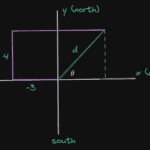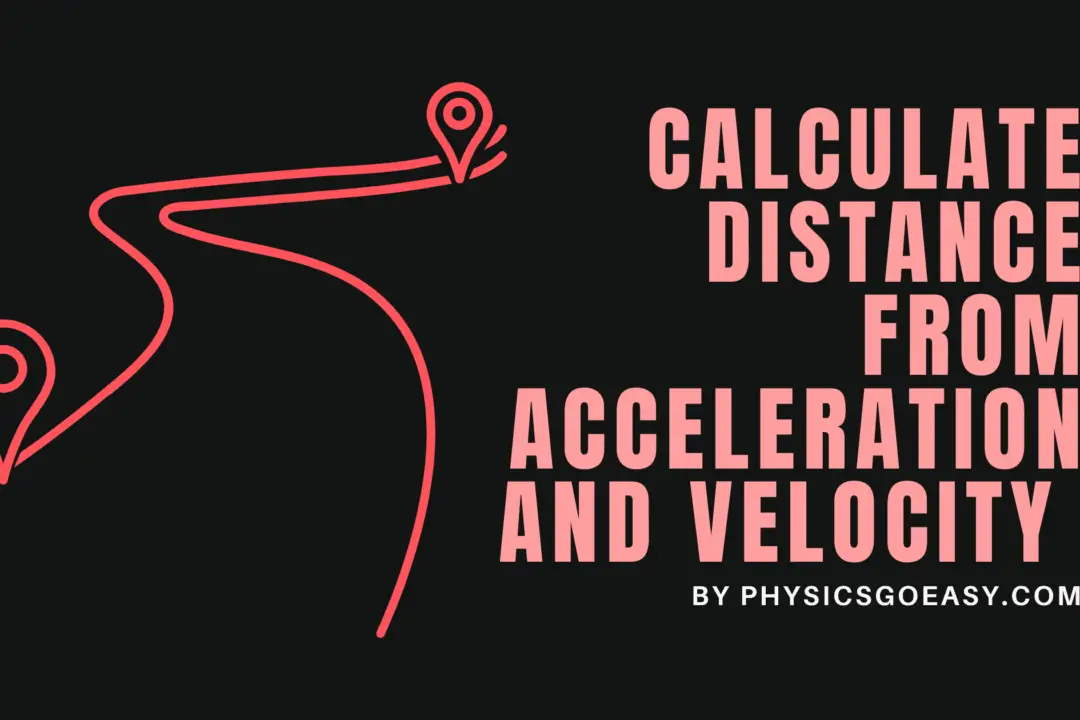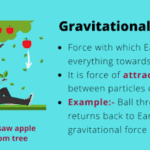Mass and weight are terms we use frequently and interchangeably. However, have you ever thought over the fact why an object weighs less on the Moon than on Earth?
You would be able to answer this question if you understood the difference between these two physical quantities.
After reading this article, you will understand how mass and weight are related, and how one fluctuates with location while the other remains constant.
Let us first start by learning about the concept of mass and weight.
What is mass?
- Mass is a measure of the amount of matter contained in an object.
- It is a scalar quantity, having magnitude and no direction.
- The SI unit of mass is the kilogram (kg).
- It is defined as the mass of the International Prototype of the Kilogram, which is a cylinder of platinum-iridium alloy kept at the International Bureau of Weights and Measures (BIPM) in France.
- However, other units of mass like grams (g) and pounds (lbs) are also used widely.
- The mass of an object is its fundamental property that does not alter with the change in location of the object under consideration.
What is weight?
- Weight is a measure of the force exerted on an object due to gravity.
- Unlike mass, it is a vector quantity and has both magnitude and direction.
- The weight of an object is the relation:
$weight = m \times g $
Where $m$ is the mass of the object, and $g$ is the acceleration due to gravity. - In SI or a metric system of units, weight is measured in Newton(N).
- The imperial system of units uses pounds (lbs) as a unit of weight.
- The weight of an object can change depending on its location because the value of acceleration due to gravity changes with the position of an object according to the relation $W=m\times g$.
Visit this post to learn more about the concept of Vectors and Scalars in physics.
How are mass and weight related?
Now that we know more about the quantities called weight and mass, let us now understand how they are related to each other.
Weight is given by the equation; $W=mg$, which means the weight is a function of mass and gravity. Whereas, mass always remains the same, gravity changes. With the change of gravity, the weight will change.
If we take a certain object of mass $m$ to Moon, its weight will not be the same as it was on Earth. This happens due to different values of acceleration due to gravity on the earth and the moon.
Since the value of gravity is less on the moon (1/6 times its value on Earth’s surface) as compared to the Earth, its weight will be less than what it was on the Earth with the same mass.
So, we can say that weight of any object is directly proportional to the mass of that object and acceleration due to gravity, which is the acceleration attained by an object due to the gravitational force of attraction.






